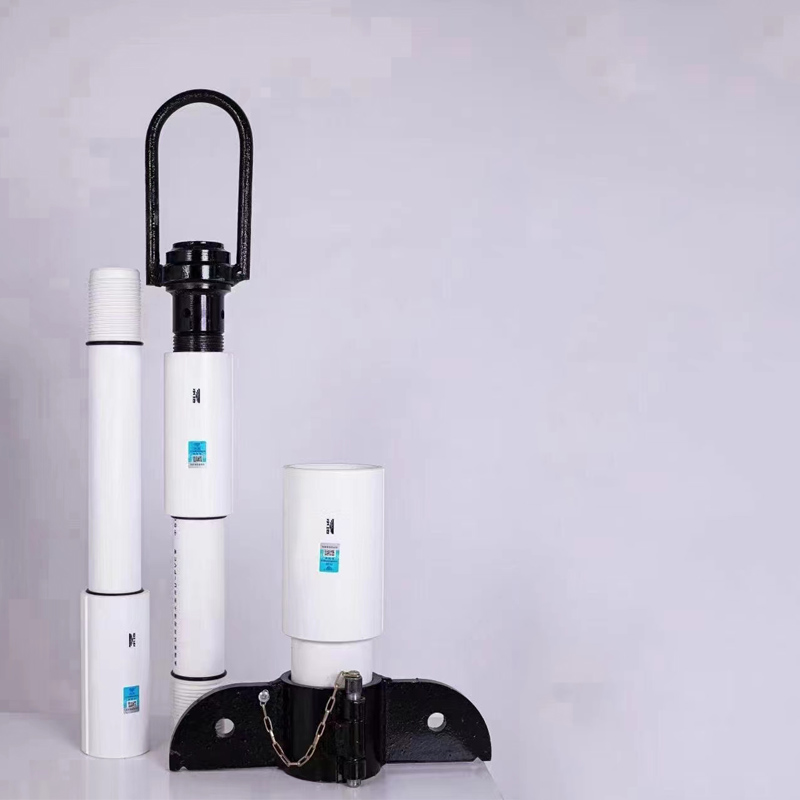Jul . 27, 2024 19:59 Back to list
Cost Analysis of HDPE Pipe Manufacturing and Pricing Trends in the Industry
Understanding HDPE Pipe Price from Factories
High-Density Polyethylene (HDPE) pipes have gained significant popularity in various industries due to their outstanding properties such as resistance to corrosion, low weight, flexibility, and ease of installation. As a result, many manufacturers around the world produce these pipes in various sizes and specifications. In this article, we will delve into the factors that influence the pricing of HDPE pipes at the factory level and what customers can expect when purchasing them.
Factors Influencing HDPE Pipe Prices
1. Material Quality The primary component of HDPE pipes is high-density polyethylene, and the quality of this raw material significantly affects the price. Factories that use high-grade HDPE resin ensure that their pipes are durable, flexible, and can withstand various environmental conditions. The higher the quality of the raw material, the higher the likely cost.
2. Production Scale Factory production capacity plays a pivotal role in determining the price of HDPE pipes. Larger factories benefit from economies of scale, allowing them to produce pipes at a lower cost per unit. Conversely, smaller manufacturers may have higher production costs, which can translate into higher prices for their products.
3. Manufacturing Technology The technology used in the production of HDPE pipes can also impact prices. Advanced manufacturing processes that use state-of-the-art machinery tend to enhance productivity and reduce waste, resulting in competitive pricing. Factories that invest in modern technology may pass some of the cost savings onto their customers.
hdpe pipe price factory

4. Pipe Specifications HDPE pipes come in various diameters, lengths, and pressure ratings, all of which can affect pricing. For example, larger diameter pipes or those engineered to withstand higher pressure generally cost more due to the increased amount of raw material and more complex engineering processes involved in their production.
5. Market Demand As with any product, the law of supply and demand plays a crucial role in the pricing of HDPE pipes. During times of high demand, such as infrastructure upgrades or new construction projects, prices may rise. Conversely, during periods of lower demand, manufacturers may lower prices to move inventory.
6. Geographical Location The location of the manufacturing facility can also influence pricing. Factors such as local labor costs, transportation, and logistics play a role. Factories located near major transit routes may have lower shipping and handling costs, potentially leading to lower prices for customers.
7. Certification and Standards Certain industries require pipes to meet specific standards and certifications to ensure safety and reliability. Pipes that meet these stringent requirements may come at a premium price, but they offer peace of mind to consumers and businesses looking to ensure compliance with regulations.
Conclusion
When looking for HDPE pipes at factory prices, it is essential to consider these various factors. While it might be tempting to opt for the lowest price, assessing the quality of materials, manufacturing practices, and compliance with industry standards is crucial for long-term satisfaction and performance. By understanding the elements that influence pricing, customers can make informed decisions and choose a supplier that provides the best value for their specific needs. As the demand for HDPE piping continues to grow, keeping abreast of these factors will ensure that consumers remain savvy and competitive in their purchasing endeavors.
-
DN100 PVC Pipes for Well Casings - Durable & Corrosion-Resistant
NewsAug.22,2025
-
HORON 25mm PPR Plumbing Pipes: Durable, Reliable & Leak-Proof
NewsAug.21,2025
-
32mm HDPE Pipes in Coil: Flexible & Durable Water Supply
NewsAug.19,2025
-
Flexible 32mm HDPE Pipes in Coil - Durable & Easy Install
NewsAug.18,2025
-
HDPE Sprinkler Pipe Manufacturers - Quality & Durable Solutions
NewsAug.17,2025
-
Durable DN100 PVC Well Casing Pipes for Reliable Water Supply
NewsAug.16,2025

